It's been 10 years since I did any math like this... I am programming a game in 2D and moving a player around. As I move the player around I am trying to calculate the point on a circle 200 pixels away from the player position given a positive OR negative angle(degree) between -360 to 360. The screen is 1280x720 with 0,0 being the center point of the screen. The player moves around this entire Cartesian coordinate system. The point I am trying trying to find can be off screen.
I tried the formulas on article Find the point with radius and angle but I don't believe I am understanding what "Angle" is because I am getting weird results when I pass Angle as -360 to 360 into a Cos(angle) or Sin(angle).
So for example I have...
- 1280x720 on a Cartesian plane
- Center Point (the position of player):
- let x = a number between minimum -640 to maximum 640
- let y = a number between minimum -360 to maximum 360
- Radius of Circle around the player: let r always = 200
- Angle: let a = a number given between -360 to 360 (allow negative to point downward or positive to point upward so -10 and 350 would give same answer)
What is the formula to return X on the circle?
What is the formula to return Y on the circle?

